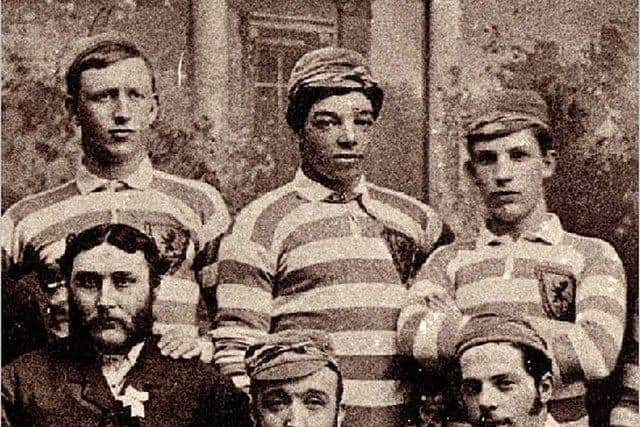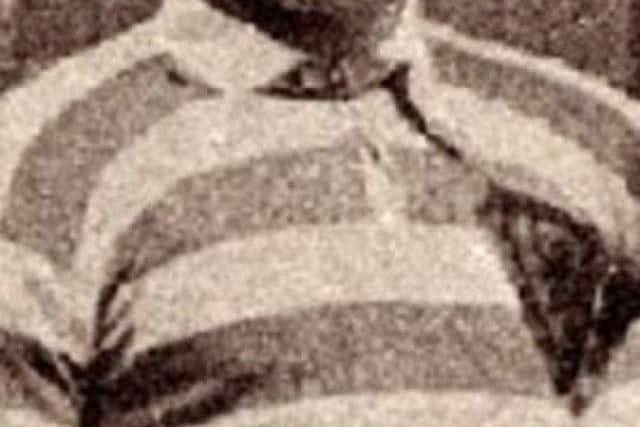Andrew Watson Footballer: Google Doodle honours Scotland’s first black footballer from the Victorian era
Andrew Watson (commemorated last year for his death 100 years ago) was born on May 24, 1856 in what is now known as Guyana, a country in the north-east of South America. Watson is considered one of the most influential football players of his time as he captained Scotland and led his team to historic victories against England and Wales.
The Google Doodle webpage says: “On this day in 1884, Watson took the field for Scottish football team Queen’s Park in the first game played at the new Hampden Park Stadium.”
Who is Andrew Watson?


Advertisement
Hide AdAdvertisement
Hide AdAndrew Watson lived a fascinating life with a unique background. According to the National Records of Scotland, Watson’s Scottish father, Peter Miller Watson, made a ‘problematic fortune’ as a sugar planter - gaining directly from the slave trade - and married Hannah Rose, a British-Guayanese woman before the two had Andrew and his sister.
When his father died in 1869 he left his children a massive inheritance, the equivalent of millions of pounds, and Watson became “financially independent for life”. Andrew Watson went on to attend Glasgow University where he studied mathematics but found a passion for the beautiful game, and with his financial security he was able to devote time to this which was fortunate considering Scottish football was thought to be ‘wholly amateur’ until 1893.
After one year, Watson left university and signed up for Parkgrove Football Club based in Glasgow before later getting himself signed onto Queen’s Park Football Club where he became decorated with many trophies.
Why is Andrew Watson famous?


The name Andrew Watson would be very familiar to Scottish football fans even back in the Victorian era and this is because he was one of the most influential footballers of his day as he led Scotland to victory against England and Wales as a captain. He was also player and secretary to Queen’s Park Football Club which was one of the biggest clubs in Britain at the time and he achieved three Scottish Cup wins in total.
Watson also played football professionally for clubs down in England and participated in the Football League for Exeter City. Lastly, as he is thought to be the first black footballer to play in the Football League and an English Cup match he is also celebrated for this symbolic victory.
Who did Andrew Watson marry?
In 1877, roughly one year after moving to Scotland, Andrew married a local Glasgow woman named Janet Nimmo Armour. The pair went on to have two children named Rupert Andrew Watson and Agnes Maud Watson.
After she died in 1882 the kids remained in Glasgow with their grandfather as Andrew Watson departed to advance his career in London. There, in 1887 he met his second wife Eliza Kate Taylor and they had two kids Henry Watson and Phyllis Watson.
When did Andrew Watson die?
Watson eventually retired and moved to London where he died at the age of 64 in 1921. He was buried in Richmond cemetery where his grave fell into a state of disrepair but it was later restored by football fans in 2021 to honour the football legend.
Murals have also been created in his honour in Scotland and one can be found in Shawlands, Glasgow.
Comments
Want to join the conversation? Please or to comment on this article.
